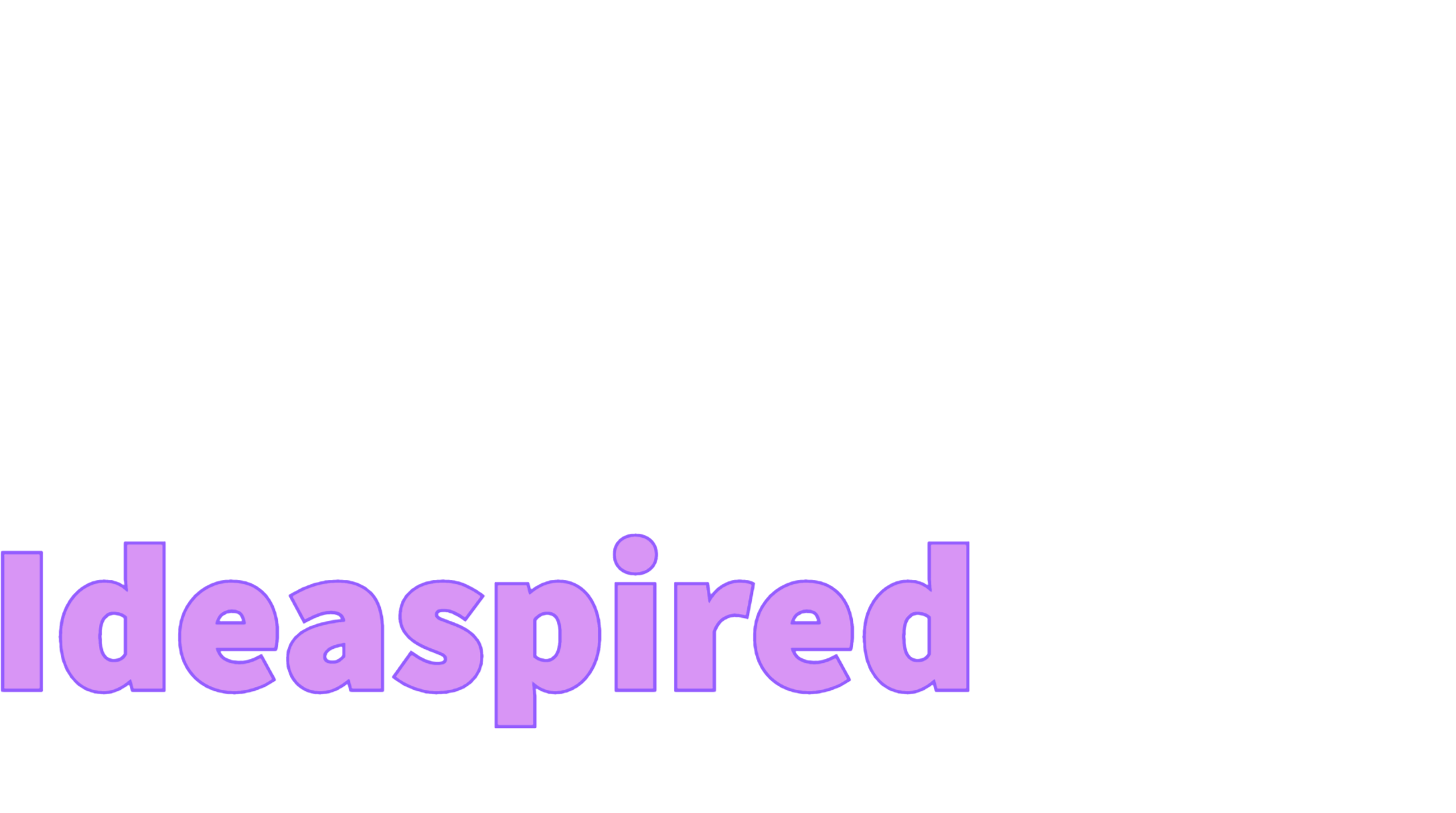
Guest article provided by: artbylyn.com
A few years ago I found the love of my life (apart from my hubby and my family) – I found art, in particular abstract art and I have never looked back since. Knowing that I am creating something which has never been on this planet before makes me feel just that little bit special.
I have taken art courses, but I have not been to art college as such, so I have no technical training – what matters to me is the fact that my art is from my brain and my imagination and because I am the only person who has my brain and my imagination, there can be no other paintings identical to mine. Another reason why it makes me feel just that little bit special. I am still learning new things every day and I know that will never stop.
Occasionally, when my imagination goes on a holiday, I create realistic art from photographs of places I have been, but I am never totally happy with the outcome, so I take a break and wait for my imagination to return home! What I am saying is please don’t be tempted to rush your abstract paintings, revisit them over a period of a few days, or weeks, or even months and you will be amazed at the new ideas time can bring.
There are many different types of abstract art, there is landscape abstract, abstract realism, intuitive abstract and many, many more, but today I am going to talk about intuitive abstract because that is what I most enjoy doing. The reason I love painting intuitively is because I feel the art comes from my heart and from my emotions, there is nothing to dilute my feelings because it is me and it is totally original and unique.
You can find out more about me and see some of my art in the online shop at https://artbylyn.com so, if you would like to try painting intuitively please read on and I hope that some of what I say will be helpful to you.
First Step
I am assuming that you have some painting knowledge and that you have already chosen the type of paint which you like working with the most. I personally use Acrylics for my abstract paintings, but occasionally I will use watercolours for some of my other artwork – variety is the spice as they say! Remember, you only really need red, yellow, blue, black and white to start off because when mixed together in varying quantities you will achieve a very large number of different colours and shades of colours. Try it out using a few sheets of paper and perhaps start using a journal because if you come across a colour which you particularly like, you will know how you made it up.
Second Step
One of the things I enjoy very much about abstract painting is that “anything goes”. By that I mean the tools you can use are endless, from your fingers/hands to diy tools, kitchen tools, decorating tools, all different types of paper and the list goes on and on alongside your imagination, which is never ending.
Third Step
So, you have your paints and you have your tools – have you chosen your painting surface? I would recommend, definitely to start off with, a mixed media paper which is heavy enough to take plenty of paint and a fair bit of water. If you use too thin a paper you may find that it will become too saturated and it could fall apart, which isn’t good news. I use different types of paper and it is worthwhile mentioning that you can increase absorbency of paper with 1 or 2 layers of Gesso painted onto the paper. At the moment I am using Daler & Rowney Mixed Media A3 250 gsm 169 lbs and Seawhite A2 Heavy Cartridge 220 gsm, both of which I would normally Gesso first. If you aren’t worried about having a finished painting you could also use heavy cardboard.
Fourth Step
Layering paints – acrylic paints lend themselves to layering more than some other paints. Sometimes sanding back the layers, after they have dried of course, can give very interesting effects, depending on how you want your painting to look.
Remember …
No matter what kind of art you are creating it must make you feel happy inside. If it doesn’t, just stop and try something different. Try using your non-dominant hand to paint, or try closing your eyes and letting the brush strokes find their own way over the paper for a while. You may need to try a few different ways of applying the paint before you find your happiest place. Many people use art as a therapy and in my opinion there is no better therapy than art.
As someone once said to me “don’t worry about wasting paint because the only way you can waste paint is if you buy it and don’t use it”.
A great site for inspirational ideas and motivation is Tina Martin’s website https://www.ideaspired.com/ where you will find loads of articles and material to assist you.
I really hope this article has helped you in some small way.
Best wishes,
Lyn Pettigrew
